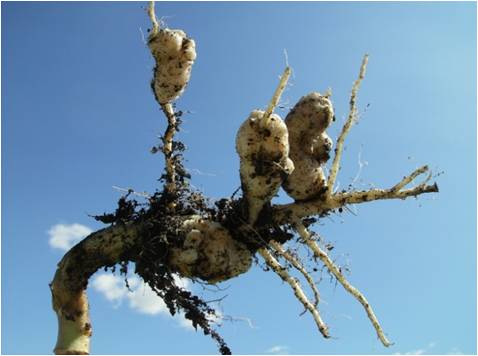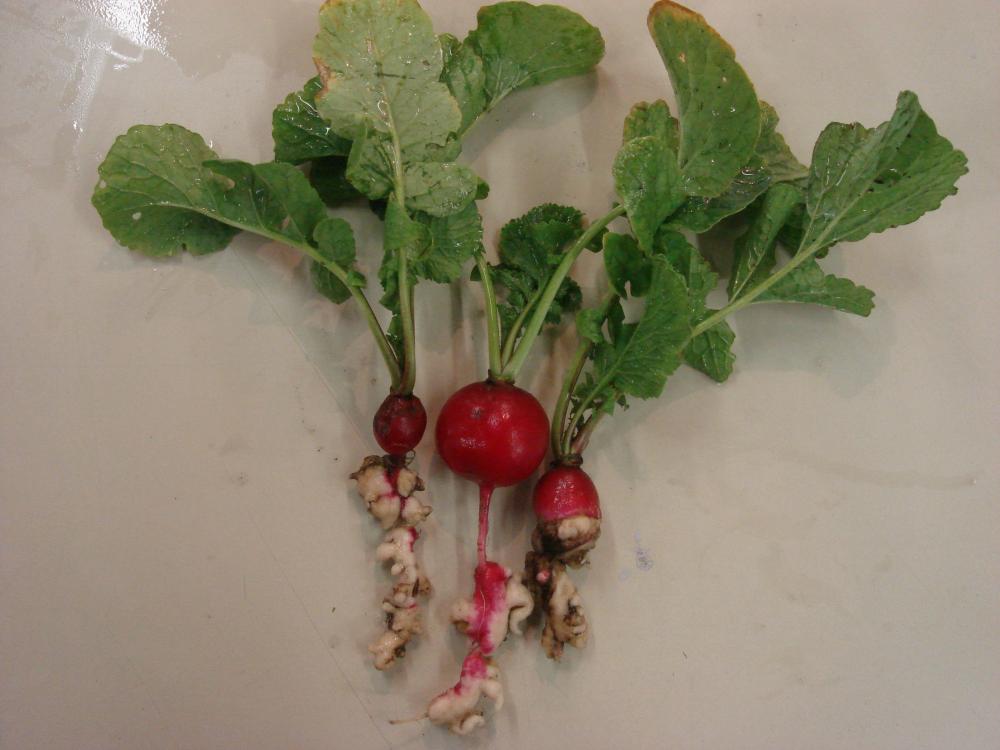Like it or not (everyone can have their own opinion) Soft set honey made from crops of mainly OSR can taste very nice. With the right texture it can be very good.
Although I am biased as the majority of my honey crop over the last few years has been from OSR I do have to say that I have won Supreme Champion (Best exhibit in show) this year with soft set honey

It did raise a few eyebrows among beeks that do not consider soft set a premium honey but what can I say!!!
All I ask is that people give it a fair chance.
Back to the op's original question, as you have said the bees will easily locate and forage the OSR at that distance. How much difference the distance will make to the honey yield is anybodies guess!
IMHO the key to a good OSR yield (besides the weather which we can do nothing about) is having a well built up colony in time for the flowering!
Then it is a constant struggle to prevent them swarming. When you can achieve that then generally you will get a decent sized crop.






